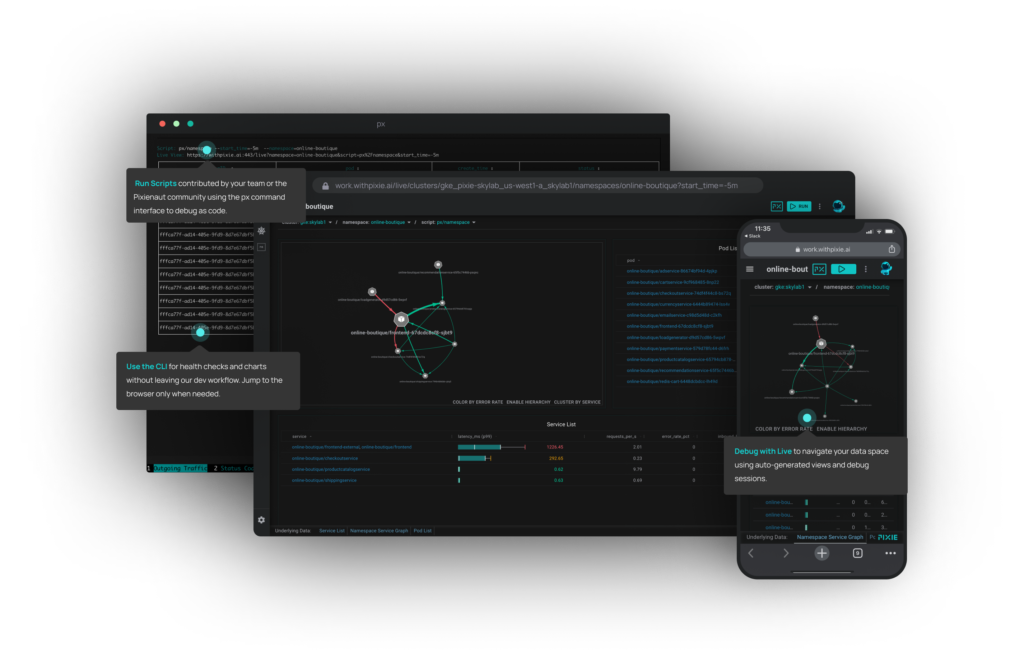New Relic to Donate Pixie Observability Platform to CNCF
New Relic announced it is in the process of contributing an observability platform that runs natively on Kubernetes to the Cloud Native Computing Foundation (CNCF).
Announced during an online KubeCon + CloudNativeCon Europe 2021 event, New Relic also revealed it has joined the governing board for the CNCF as a platinum member.
At the same time, New Relic is also committing to expanding an existing alliance with Amazon Web Services (AWS) to make an instance of Pixie available as a service on a public cloud.
Pixie employs the extended Berkeley Packet Filter (eBPF) at the Linux kernel level to automatically collect baseline data such as metrics, traces, logs and events. That approach eliminates the need to individually instrument every application deployed on a Kubernetes cluster while still enabling DevOps teams to view metrics, events, logs and traces with a single CLI command. In addition, there is no need to set up ad hoc dashboards or even move data off of the cluster.
Ishan Mukherjee, chief product officer for Pixie at New Relic, says the analytics surfaced by Pixie can then be used by automation platforms to remediate issues before they become a major problem.
New Relic acquired Pixie Labs late last year. The company incorporated Pixie into its software-as-a-service (SaaS) platform for observing applications that are based on both microservices and monolithic architectures. However, any IT team can deploy Pixie themselves to observe cloud-native applications running on Kubernetes clusters.
Mukherjee says New Relic views Pixie as a complement to the open source OpenTelemetry project that provides agent software for collecting data from any application environment. There is also an AWS Distro for OpenTelemetry that New Relic helped develop.
IT organizations are moving beyond traditional monitoring capabilities enabled by legacy monitoring tools in part because of the rise of microservices-based applications. The dependencies that exist between microservices require observability platforms that provide more context and insight than a monitoring tool for a single platform or class of application. That shift requires New Relic and other application performance management (APM) platform providers to expand the capabilities of their platforms to observe both applications and infrastructure.
Providers of those platforms anticipate they will be more widely employed in support of complex microservices-based applications. In contrast, usage of APM platforms tends to be more limited to mission-critical monolithic applications, due to the inherent challenges associated with instrumenting applications and the total cost of consuming APM as a service. Once there is more widespread adoption of open source observability tools and platforms, the total cost of managing an individual application should decline. The challenge, of course, is that applications are becoming more complex and thus, harder to observe.
Mukherjee says New Relic expects more enterprise IT organizations to consume observability platforms as a preferable and more affordable service than to set up and manage one themselves. Regardless of how observability is achieved, the number of issues that IT teams regularly need to resolve should drop as more issues are discovered before they can disrupt an IT environment.




